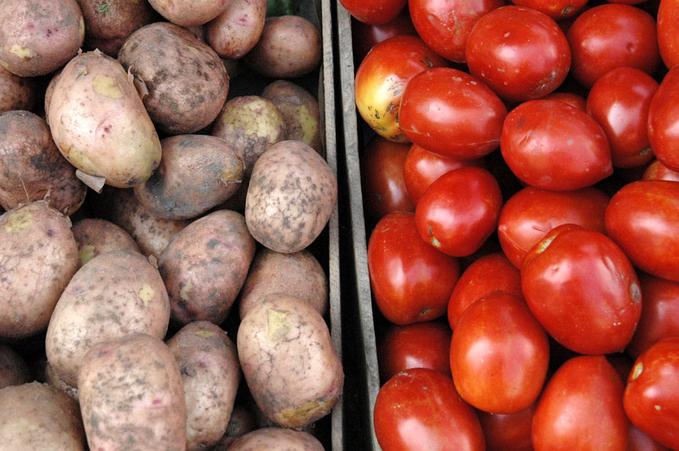 Q: When is a meme not a meme?
Q: When is a meme not a meme?A: When it is an allele!
In the organic world "gene" refers to a locus on a chromosome, and "allele" refers to particular genetic sequence that can occurs at that locus.
However, not many use the term "allele". People can't pronounce it. They can't spell it. They don't know what it means. So - most of the time - instead of using the word "allele" they just use the word "gene" instead.
Some aspects of the conceptual distinction between genes and alleles carries across into cultural evolution. So, the idea of there being certain "slots" with different mutually exclusive instances of heritable information that fit into those "slots" applies in both organic and cultural evolution.
To give a cultural example consider the idea of a furry feline animal. That represents a kind of "slot" into which "cat", "chat", "katze", "kat" or "gato" might fit - depending on which language you speak. The conceptual category of: word for a feline animal corresponds to a gene, and the specific word instances used correspond to alleles.
Words in languages behave like this, but there are other examples: preferred religion, favourite colour, choice of operating system, favourite food - and so on.
Famous examples of cultural alleles are: Pot-AY-to, pot-AR-to and tom-AY-to, tom-AR-to.
Now we get to the point of this post.
Most memes are less like genes than they are like alleles!
In common usage, if someone is talking about a meme, rarely are they talking about the idea of a "slot". Most of the time, they are talking about a particular instance - about somthing that fits into a "slot".
If you think people say "gene" when they really mean "allele" a lot, take heart. That is nothing compared to what happens in cultural evolution!
There, nobody ever says "allele" - and hardly anyone ever says "allomeme" or "meme instance". It is almost always "meme" instead.
So much for the gene-meme analogy: memes are more like alleles!










No comments:
Post a Comment